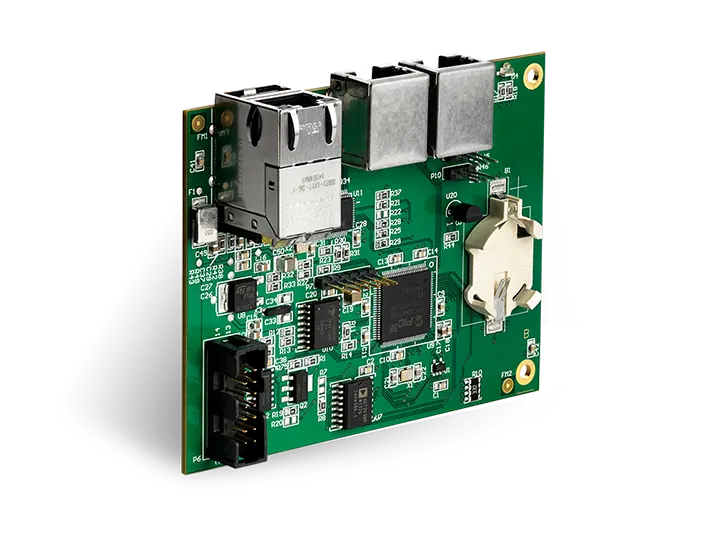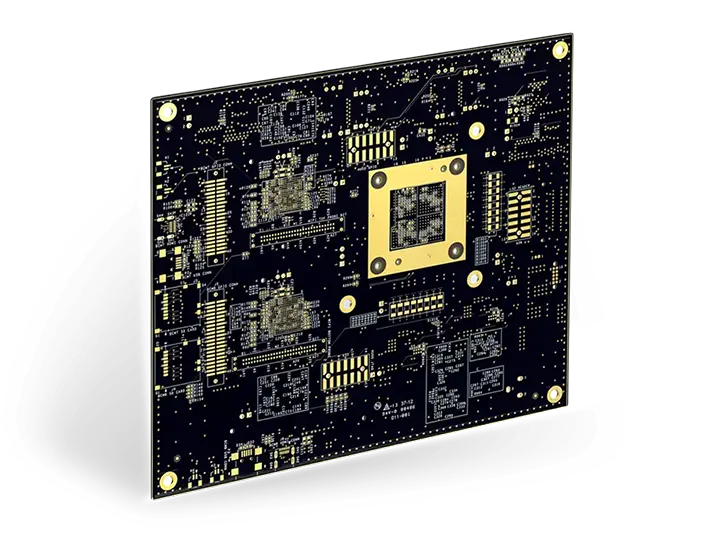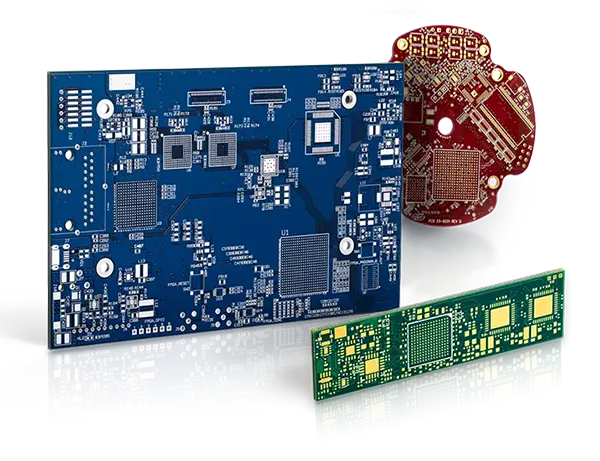RF Series 4/4: RF PCB Thermal Management and Simulation
REGISTER NOW
October 23rd, 2025 | 10 AM PT
COST: FREE
-
2
Days
-
15
Hours
-
43
Minutes
-
42
Seconds
Amit Bahl
CRO at Sierra Circuits
MingYao Ding
Principal/VP Engineering at Ozen Engineering
This webinar will be hosted on Zoom.
Following this event, you will receive:
-
Slides
-
Recording
Webinar abstract:
While signal integrity and controlled impedance often take the spotlight, the way your board handles heat is also critical for long-term reliability. If left unmanaged, localized hotspots might cause permanent damage to high-power devices.
Radio-frequency circuits are susceptible to even minor variations in temperature. A rise of just a few degrees might increase insertion loss, alter device bias points, or degrade amplifier efficiency.
In this webinar, you will learn how to address RF PCB thermal issues.
Design strategies to facilitate heat dissipation in radio-frequency boards
To begin with, identify the hotspots in your design. Power amplifiers, low-noise amplifiers, voltage regulators, and mixers are notorious for producing heat. By mapping these thermal sources early through simulation, you will know which areas of your board demand special attention.
Material selection becomes the next critical decision. When your design demands high power, choose a laminate with thermal conductivity above 0.5 W/m·K. PTFE-based laminates such as Rogers 4350B provide values around 0.6 W/m·K, while ceramic-filled laminates like Rogers 92ML or Taconic CER-10 can reach up to 2 W/m·K.
REGISTER NOW
How you build your stack-up is an essential factor for efficient heat dissipation. Place solid copper planes adjacent to high-power component layers to create a direct conduction path. Have thick copper layers (2 oz) when dealing with high-power RF amplifiers.
Even with optimized stack-ups, high-power RF components require additional support. Attach a heatsink directly to the device. Allow for adequate airflow around the heatsink to improve heat dissipation.
Another popular technique in RF PCB thermal management is the use of thermal vias. A single via has limited capacity to conduct heat, but an array of thermal vias can dramatically reduce the thermal resistance between a device and internal copper layers. Aim for 4-8 thermal vias under a component pad, typically 0.2 to 0.3 mm in diameter.
This webinar is your opportunity to move beyond theory and apply proven strategies for RF PCB thermal management.
Webinar agenda:
- Why is thermal management critical in RF circuit design?
- Identifying the heat sources
- Modes of heat transfer in RF systems
- Comparison of thermal properties of common RF laminates
- Stack-up design for efficient heat dissipation
- Thermal pads and exposed die in high-power RF components
- Importance of heatsinks
- Thermal vias: Design and placement
- DFM tips for thermal management
- Simulation of trace and via layout for more accurate PCBA thermal analysis
- Thermal vias and trace layout to avoid heat concentration on high-power PCB assemblies
- Ways to capture the effect of different trace and via distribution on thermal performance

Amit Bahl, CRO at Sierra Circuits
Amit Bahl, widely recognized as the PCB Guy, currently serves as the Chief Revenue Officer at Sierra Circuits. He earned his Bachelor of Science in Engineering from UCLA in 1997, launching his career in Silicon Valley’s tech industry. In 2009, he assumed the role of Director of Sales and Marketing at Sierra Circuits, with a dedicated focus on democratizing design for manufacturing best practices and guidelines for PCB designers and engineers.
Assuming the position of Chief Revenue Officer since 2022, Amit’s mission persists: to simplify the PCB design journey for all stakeholders. His unwavering dedication continues to drive Sierra Circuits as a trusted resource for the PCB design community.

MingYao Ding, Principal/VP Engineering at Ozen Engineering
MingYao Ding has over 15 years of experience in structural and fluid dynamics simulations, working with both global enterprises and innovative startups. He specializes in helping the largest companies scale their simulation capabilities and guiding smaller teams to quickly overcome complex engineering challenges.
MingYao believes simulation is one of the most powerful tools in engineering—but also one of the most nuanced. With a deep understanding of methods and approaches, he helps customers identify the right strategy, apply simulation effectively, and unlock meaningful results.



